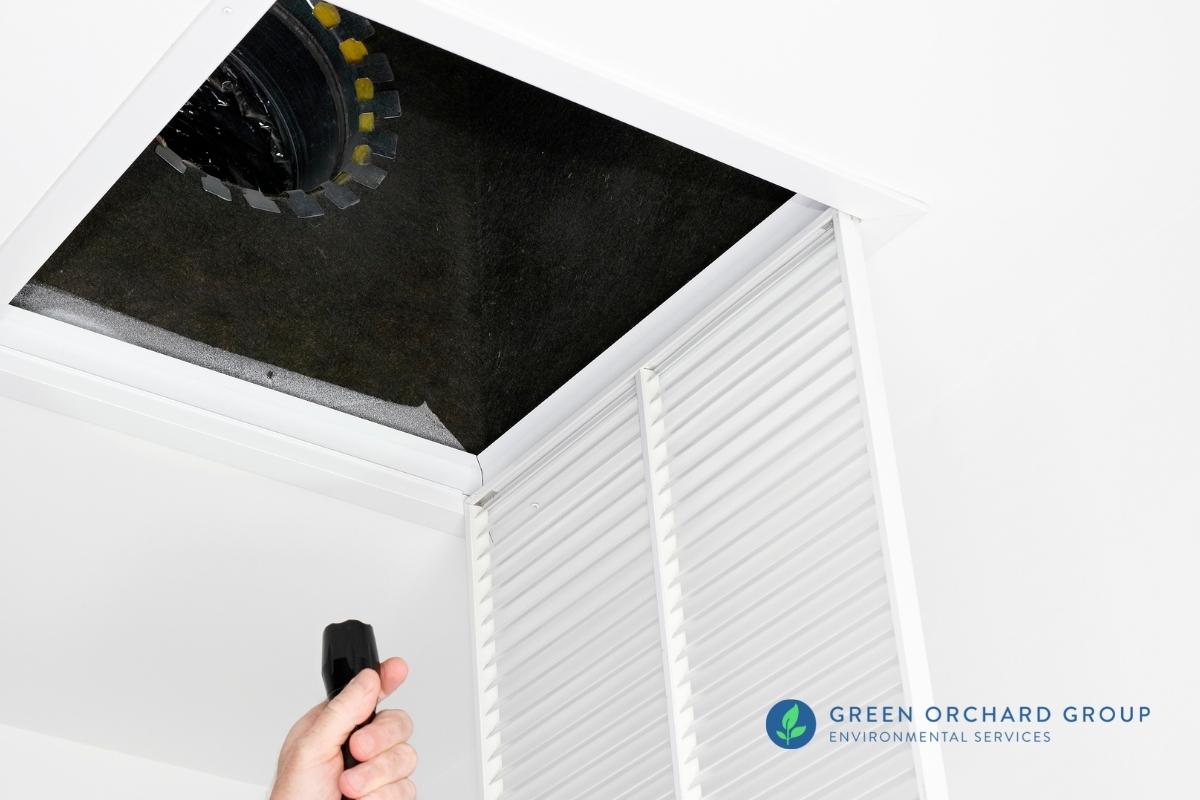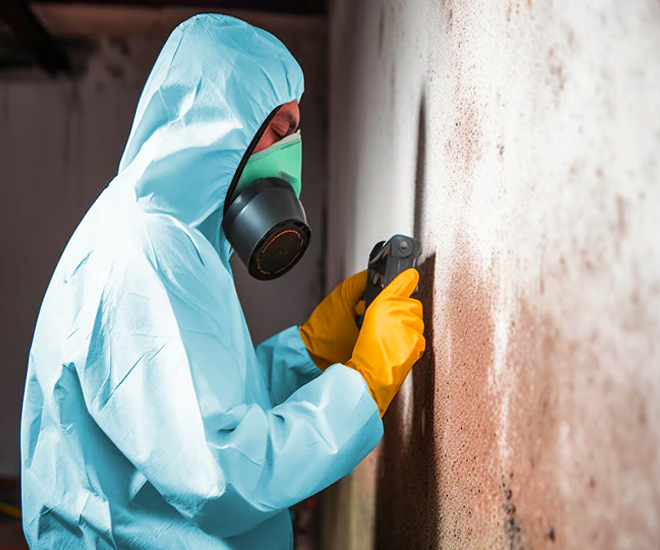Effective Post Mold Remediation Solutions for Your Home
Mold and mildew development in homes can be a persistent issue, frequently requiring a systematic approach for effective post-remediation remedies. From recognizing the elements that contribute to mold advancement to carrying out proper cleaning methods and dampness control procedures, the procedure can be elaborate yet important for preserving a healthy and balanced living setting. what to do after mold remediation.
Recognizing Mold And Mildew Growth Elements
The primary factor adding to mold growth is moisture. Mold and mildew spores require moisture to flourish and sprout, making humid or damp settings very at risk to mold and mildew infestations.

In addition, air flow and light exposure can influence mold development. Areas that do not have appropriate air flow and natural light are extra prone to mold and mildew growth. By attending to these aspects thoroughly, individuals can successfully mitigate mold growth and secure their living settings.
Appropriate Mold Cleansing Methods
Making use of effective cleaning techniques is necessary in avoiding the recurrence and resolving of mold contamination in indoor atmospheres. When dealing with mold and mildew, it is important to focus on safety and security by using protective equipment such as gloves, masks, and goggles. The initial step in appropriate mold cleansing is to contain the damaged area to stop the spread of spores to unpolluted locations. This can be accomplished by sealing the area and utilizing air scrubbers or unfavorable air machines to keep air high quality.

Implementing Wetness Control Procedures
To effectively stop mold growth and contamination in indoor atmospheres, executing moisture control procedures is vital. Wetness is the key aspect that gas mold advancement, making it crucial to manage moisture degrees within the home. One efficient measure is to utilize dehumidifiers to maintain interior humidity degrees below 60%. Additionally, guaranteeing correct ventilation in areas susceptible to moisture build-up, such as restrooms and kitchens, can help in reducing the danger of mold growth. Routinely evaluating and fixing any type of leakages in plumbing, roofing systems, or home windows check my blog is likewise vital in protecting against excess wetness buildup. Making use of exhaust fans while food preparation or showering, and enabling air circulation by maintaining furnishings a little away from walls can assist in moisture control. Moreover, making use of moisture-resistant products in high-humidity areas, such as mold-resistant drywall and paints, can be advantageous. By vigilantly applying these moisture control procedures, property owners can efficiently minimize the probability of mold and mildew recontamination and keep a healthy and balanced interior environment.
Utilizing All-natural Remediation Solutions
After effectively applying moisture control steps to stop mold growth in indoor atmospheres, home owners can now explore the efficiency of all-natural removal solutions in maintaining a healthy living area. All-natural removal solutions utilize eco-friendly approaches to battle mold and mildew, making them a prominent selection for those looking for non-toxic alternatives. One such solution is using vinegar, a natural antimicrobial agent, to disinfect and clean surfaces polluted by mold. Just weaken vinegar with water and spray it onto the influenced locations, permitting it to rest for a couple of hours prior to wiping tidy. Furthermore, tea tree oil, recognized for its antifungal homes, can be combined with water and splashed onto mold-infested surfaces to prevent additional growth. Another natural option is hydrogen peroxide, which can effectively kill mold on various surfaces without leaving damaging deposits behind. By including these all-natural removal remedies right into their cleaning routines, homeowners can effectively combat mold and mildew development while promoting a healthier interior atmosphere for themselves and their families.

Keeping a Mold-Free Environment
Consistently checking locations prone to mold and mildew development, such as restrooms, attic rooms, basements, and kitchens, is critical. Appropriate ventilation in locations with high humidity degrees is additionally essential to protecting against mold and mildew growth.
Additionally, preserving sanitation in the home is vital for mold and mildew prevention. Keeping indoor plants in check and making sure correct water drainage in see page outside landscape design can reduce wetness build-up, reducing the probability of mold and mildew invasions.
Final Thought
In verdict, it is necessary to attend to mold growth elements, use appropriate cleaning techniques, execute wetness control actions, use natural remediation services, and maintain a mold-free atmosphere in order to effectively deal with blog post mold and mildew remediation in your home - Post Mold remediation cleaning. By following these approaches, you can stop mold from repeating and guarantee a healthy living atmosphere for you and your family
The main factor contributing to mold development is wetness. Mold spores call for dampness to germinate and grow, important link making moist or wet atmospheres highly prone to mold problems.To effectively avoid mold and mildew development and contamination in indoor environments, carrying out moisture control measures is extremely important. In addition, ensuring correct air flow in areas vulnerable to moisture build-up, such as kitchen areas and restrooms, can help lower the risk of mold and mildew growth.After efficiently applying dampness control procedures to prevent mold development in indoor atmospheres, property owners can currently check out the performance of natural removal solutions in keeping a healthy living area.
 Michelle Pfeiffer Then & Now!
Michelle Pfeiffer Then & Now! Alexa Vega Then & Now!
Alexa Vega Then & Now! Andrea Barber Then & Now!
Andrea Barber Then & Now! Danielle Fishel Then & Now!
Danielle Fishel Then & Now! David Faustino Then & Now!
David Faustino Then & Now!